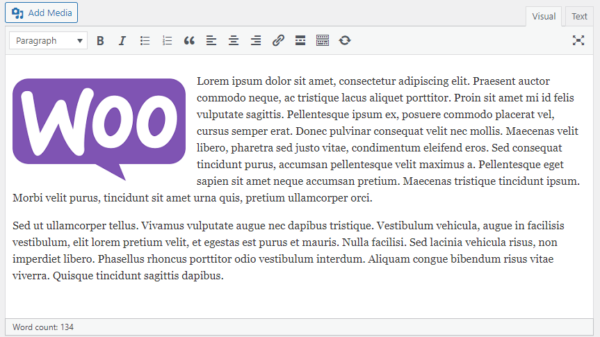1. Google Bard:
Google Bard is built on the company’s Language Model for Dialogue Applications (LaMDA), which powers the company’s next-generation language and conversation capabilities. Google Bard can produce a range of answers, even from the same or comparable questions and prompts. After a user prompts Bard, he drafts multiple responses based on the context of the prompt and the user’s actions. After that, the AI chatbot categorizes and verifies its answers using pre-established safety guidelines. A user can ask Bard to generate a new response if they would prefer to view a different response, or group of responses. For creative collaborations, Google Bard should be utilized to create code for programs or provide captions for images.
2. Microsoft Copilot:
Copilot is a large language mode (LLM) chatbot that was created by Microsoft. It is also referred to as Bing Chatbot. Both the Bing app and search engine now support it. Like any chatbots, it can also generate text, draft emails, and respond to the majority of user inquiries. It may also produce a variety of artistic text formats, including scripts, musical compositions, letters, poems, and code. In addition, it can assist with particular tasks like online shopping, scheduling appointments, and making travel plans.
3. ChatSonic:
Using ChatGPT’s drawbacks, ChatSonic is an additional conversational AI chatbot. In contrast to the generative AI approach of OpenAI, ChatSonic may generate current information using the?Add Up-to-Date Google Data? selection. ChatSonic is equipped with a variety of technologies, including GPT-4, Stable Diffusion, DALL-E, Natural Language Processing (NLP), and Machine Learning (ML), which enable the AI chatbot to respond to instructions. To make it sound like a real person, users may also select the sort of personality, enable memory, and more!
4. Ernie Bot:
Developed by the Chinese business Baidu, Ernie is a conversational AI chatbot that stands for Enhanced Representation through Knowledge Integration. Right now, it’s China’s response to ChatGPT from OpenAI. It is based on the pre-trained Dialogue Generation Model (PLATO) and the internal Large Language Model (LLM) Ernie 3.0-Titan from Baidu. In contrast to ChatGPT, Ernie has multi-modal capabilities, allowing users to communicate with the AI service through both text and visual cues and responses.
5. Character.AI:
Noam Shazeer and Daniel De Freitas, who worked on Google’s LaMDA (Language Model for Dialogue Applications) project, launched Character.ai, a Palo Alto-based firm. The platform was developed into an iOS and Android mobile application last week. It allows you to have free-flowing, open-ended conversations with virtual representations of well-known people, both genuine and made-up. Daniel De Freitas and Noam Shazeer, two former Google researchers, developed the platform, which saw its official launch in September 2022. It can produce text responses that resemble those of a human and engage in contextual dialogue thanks to sophisticated learning models.


























